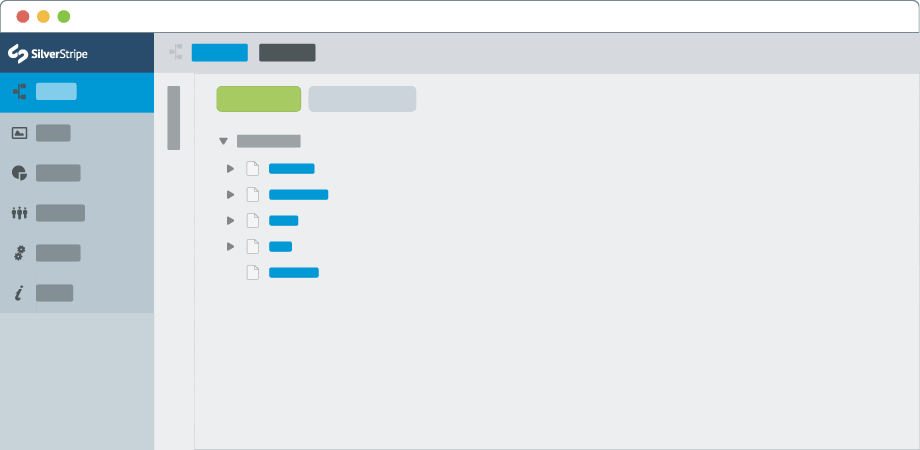If you're looking for a new website, chances are you're looking around at different agencies and companies to see what's on offer. No doubt, you would have come across WordPress. But we like to be a little bit different.
At Roseblade Media we use a CMS (Content Management System) called Silverstripe. When we bring this up in conversation, we're often asked "what's Silverstripe?" and "why not WordPress?" Both are good questions.
I'll say this from the outset - we are not against WordPress. It's a great platform for those looking to set up quickly or keep costs low. But it has its downfalls too.
What is Silverstripe?
Silverstripe is a Content Management System (CMS) developed by the company of the same name. It's Open Source, like most popular CMS packages, meaning that it's free to use.
They describe themselves as:
...the intuitive content management system and flexible framework loved by editors and developers alike. Equip your web teams to achieve outstanding results.
And this is pretty spot on. Many of our clients are relieved at how easy Silverstripe is after working with various other complex platforms.

Image credit: Silverstripe.org
Why Silverstripe over another CMS?
Silverstripe has great functionality, supporting many common features out of the box, including:
-
Individual logins and restrictions
-
Easy to use page manager and file manager (files, images, etc.)
-
Flexible code base, allowing sites to be customised by us, for you, easily
-
Improved performance - from caching to intelligent data loading (such as database queries and automated JavaScript compression)
Let's give you an example here. We took several websites and tested their load time - some using WordPress, some using Silverstripe, but they all used HTTPS (that's the little padlock meaning it's secure) and all hosted on the same platform, to give it balance. The best WordPress site we came across loaded in 11.0 seconds with 77 file requests. In contrast, the worst Silverstripe site we tested loaded in 2.8s with 36 file requests.
That may not seem like a huge difference, but the typical web user will only wait around 3 seconds for a website to load.
From a developer's perspective
Silverstripe has a strong framework behind it, built by the Silverstripe team themselves. The great thing about it is that it comes with everything you need - the content management system, database management, page rendering, image generation, and much more.
Why does this matter? Because when it comes to building the website itself, we can tap straight into these features and cut the development time. Reduced time = reduced cost.
Plugins and templates
A plug in a reusable piece of code which can easily be added to another project. Take an example of a site using a gallery. The code to power the gallery could be a plugin and re-used in another project. It's a nice easy way to cut down on production time. Templates are very similar, except think of templates as the front end and plugins as the backend of a website; like a car, the engine (plugin) compared to the look (template).
There are quite a few CMSs out there that encourage the use of plugins and templates. If you've managed a website using a CMS before you'll know first hand how difficult it is to keep up to date with these which can cause issues in the long run (e.g. an outdated plugin could have a security issue which is fixed in an update).
Silverstripe encourages blank templates (yes, we build all our websites from scratch) and customisable functionality. After all, you don't want your website to look like everyone else's site. But that said, we do have a library of plugins we've developed in house to help keep your costs low too.
So, should I be using Silverstripe?
In a nutshell - it's up to you and your developer. We love Silverstripe but we understand that it's not everyone's tool of choice. When it comes down to budget, time constraints, flexibility and various other factors, there may be a better tool out there to suit your situation.





